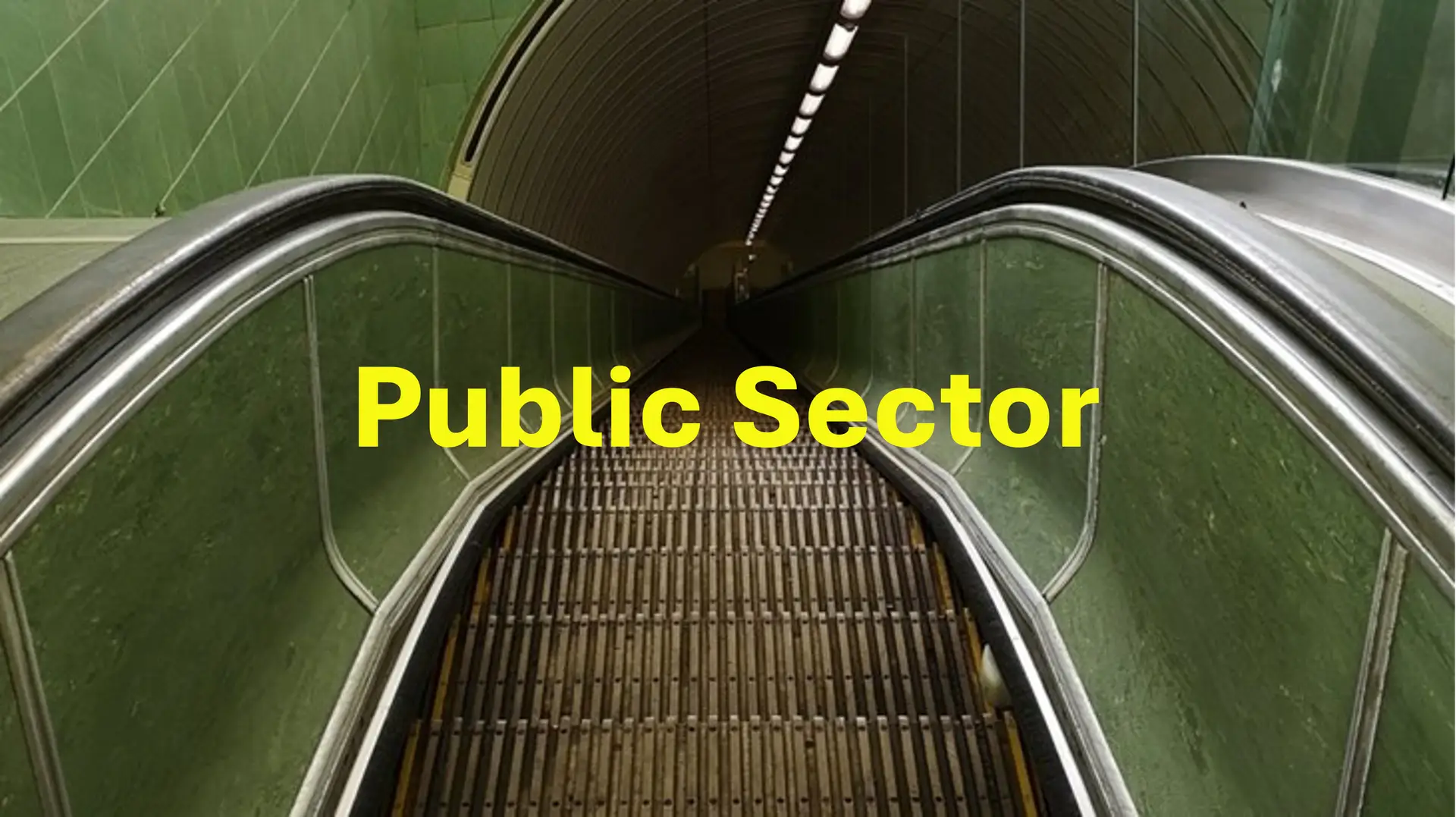Listed & Heritage
Our Portfolio
We undertake removal activities for a range of Listed and Heritage sector clients, with a wide and varied portfolio. Often operating as the lead contractor on site, our clients entrust us with their specialist work thanks to our wealth of experience and proven track record.
Duxford Aerodrome
The work
Client: Imperial War Museum
Services delivered: Asbestos Removal, Reinstatement.
Location: Duxford, Cambridgeshire.
Duxford Aerodrome was built during the First World War and was one of the earliest Royal Air Force stations. In 1924, under reorganised Home Defence arrangements, RAF Duxford became a fighter station, a role it was to carry out with distinction for 37 years. Today, the Imperial War Museum is established as the European centre of aviation history. The historic site, with outstanding collections of exhibits and regular world renowned air shows, creates a unique museum where history really is in the air.
We were commissioned by the Imperial War Museum to remove asbestos insulation debris and residues from various loft spaces and the removal of various collapsed ceilings from adjacent rooms. All ceilings were reinstated and all pipework services re-insulated on completion.
Middlesex Hospital,
London
The work
Client: Ark Build Plc
Services delivered: Asbestos Removal, Pidgeon Guano Removal.
Location: Covent Garden, London.
Built in the 1770’s originally as the poorhouse for the parish of Covent Garden before becoming the Strand Union Workhouse in the 1830’s this now grade II listed building was the backdrop for the Charles Dickens novel and later movie, ‘Oliver Twist’. To facilitate the creation of 50 new apartments we were instructed by Arc Build Plc to remove in excess of 1,000 linear metres of asbestos lagged pipework, decontaminate three large loft spaces containing asbestos insulation debris and pigeon guano, decontaminate the main boiler room and remove sprayed asbestos beneath two large asbestos roofs.
Buscot House, Faringdon
The work
Client: The National Trust.
Services delivered: Asbestos Removal, Scaffolding, Reinstatement.
Location: Faringdon, Oxfordshire.
Buscot Park was built between 1780 and 1783 and is now the family home of Lord Faringdon who looks after the property on behalf of the National Trust as well as the family collection of pictures, furniture, ceramics and objets d’art known as the ‘Faringdon Collection’. We were commissioned by The National Trust to remove hardset pipework insulation from the loft voids located directly above the main staircase, on completion we installed replacement insulated water tanks and re-insulated all previously removed asbestos insulation with Rockwool MMMF.
A bespoke crash deck was erected beneath the main staircase to prevent falls from height, access within the loft voids was created via a further independent scaffold staircase erected external to the building. Great care was taken to ensure no decorative finishes were damaged as a result of the remediation process, installing additional support decking and lighting where necessary whilst the building remained open to the public throughout the duration of the project.
HMS Belfast, London
The work
Client: Imperial War Museum.
Services delivered: Asbestos Removal, Reinstatement.
Location: River Thames, London.
HMS Belfast is a listed museum ship permanently moored on the River Thames in London and operated by the Imperial War Museum. The museum is one of the capital’s key tourist attractions with over 250,000 visitors each year. Contracted by the Imperial War Museum, we have undertaken various asbestos projects on the ship with each project requiring intense pre-planning in close collaboration with the client.
Key considerations have included: undertaking all works in strict accordance to its listed status, carrying out condition surveys prior to commencing works, identifying museum property requiring protection, encapsulating existing asbestos that cannot be removed with a rigid fibre glass coating to match the original style of the ship, ensuring the works are carefully segregated away from site users and members of the public and access solutions for the safe transportation of waste materials (during some phases there was no walkway gantry to the ship, therefore all waste and materials had to be transferred from the vessel via tug boat to shore).
Royal Star and Garter,
London
The work
Client: O’Keefe Construction
Services delivered: Asbestos Removal.
Location: Richmond, London.
The Royal Star and Garter Home in Richmond, London was built between 1921 and 1924 to provide accommodation and nursing facilities for 180 seriously injured servicemen. In 1948 residents of the home took part in the first national athletic event for disabled athletes, a forerunner of the Paralympic Games.
This grade II listed building was sold for £50m to London Square to create 86 new apartments with a mix of between one and six bedrooms. To facilitate this, we were commissioned by O’Keefe Construction to remove asbestos from the building, mainly in the form of AIB to risers, stairwells and corridors throughout the property.
One Moorgate Place,
London
The work
Client: ICAEW.
Services delivered: Asbestos Removal.
Location: Moorgate, London.
One Moorgate Place is a grade II listed building which opened in 1893. Also known as Chartered Accountants Hall the building is Headquarters to The Institute of Chartered Accountants in England and Wales (ICAEW).
ICAEW is a world leading professional membership organisation that promotes, develops and supports over 147,000 chartered accountants worldwide.
We carried out asbestos removal works to the main restaurant as part of a wider refurbishment programme. Works involved an initial soft strip, followed by the removal of EML ceilings, walls, redundant ductwork, a raised floor and sprayed asbestos coatings. Works and shifts were coordinated (including night shifts and weekends) to ensure the day-to-day activities of the ICAEW and its events were not disrupted. All hazardous waste was removed out of hours using wait and load sealed containers.
Removing asbestos is particularly dangerous as the fibres become harmful when disturbed and released into the atmosphere. The risk of releasing these dangerous fibres is particularly high without proper training, equipment and control measures. If handled incorrectly and inhaled these fibres can cause serious asbestos related diseases. It can take as little as 10 years and up to 50 years to develop these diseases depending on exposure. Asbestos exposure causes 5,000 deaths every year, vastly more than the number of people killed on UK roads.
Planned and responsive works such as risk assessments, re-inspections, asbestos removal and containment are effectively scheduled and managed. The system digitally deploys compliance checklists and records key data on ACM’s, air testing, waste consignment, exposure rates, H&S, staff training and sustainability. A centralised management dashboard allows multiple sites to be monitored in real time and records of scheduled works are updated instantly.
All our staff are continuously assessed through audit and competency checks carried out by our Compliance Team, Managers and Site Supervisors. This information is gathered to enable us to produce a relevant training needs analysis (TNA) programme delivered using our state of the art training facility, ensuring all individuals’ needs are met.







